The Lo Lo ethnic group in Cao Bang accounts for 0.54% of the province's population and 59% of the total Lo Lo people in Vietnam. The Lo Lo people live in the communes of Kim Cuc, Co Ba, Hong Tri (Bao Lac), Duc Hanh (Bao Lam). Like some other ethnic groups living in the province, the Lo Lo people also have their own rituals and beliefs, which are unique cultural features that have existed for a long time and are still preserved by the Lo Lo people today.
One of the first worship beliefs of the Lo Lo people is ancestor worship. Ancestor worship has existed for a long time in the Black Lo Lo community. They believe that ancestors are people from the previous generation who gave birth to them and are divided into two classes: close ancestors (duy khe) from 3 - 5 generations (parents, grandparents, great-grandparents) back and distant ancestors are people from the 4th or 6th generation or more.
Every Black Lo Lo family sets up an altar for their ancestors, which shows the filial piety of children and grandchildren towards their grandparents, parents and relatives. They believe that their ancestors will bless them with peace, their children with health and good luck in life.
The ancestral altar of the Black Lo Lo people is arranged close to the wall of the middle room, opposite the main door. The ancestors are brought to the altar, symbolized by wooden figures, which are placed in bamboo leaves and attached to the wall. The hierarchical position of the ancestral altar is arranged from left to right (parents, grandparents, great-grandparents).
In addition to gods and supernatural powers, the Black Lo Lo believe that after a person dies, their soul is divided into four parts, residing in four different places. One part is sent by their descendants to their birthplace, which is heaven. Another part is taken to the world of ghosts in the village cemetery. Another part resides on the kitchen floor, watching over the house for their descendants, preventing outside ghosts from entering the house. The remaining part is brought to the ancestral altar by their descendants and is worshiped carefully by their descendants.
Every year, the Lo Lo people worship their ancestors on the occasion of Lunar New Year and the full moon festival of the seventh lunar month. When there is a wedding, funeral, or birth in the house, the homeowner must present a ceremony to the ancestors. In addition, the Black Lo Lo people also worship their ancestors when a family member is sick or in trouble. In addition to the ancestral altar, in the house there is also a khoan li (a place to worship those who died unexpectedly) placed in the corner of the house under the ancestral altar or in the room with the stove and household appliances. Only the homeowner is allowed to clean this place of worship.
For the worship of Tho Cong, the Tho Cong temple of the Black Lo Lo people is built in a quiet place, with few people passing by, in the sacred forest area of the village. There are many ancient trees here and the village covenant stipulates that no one is allowed to cut down trees or dig indiscriminately in this area. The Tho Cong temple is associated with the story of worshiping the guardian deity of the Black Lo Lo people.
According to legend, in the past, the sacred stone guided the Lo Lo people to settle in Na Hau, Bao Toan commune, then to Kim Cuc commune, Hong Tri (Bao Lac), Duc Hanh commune (Bao Lam). Wherever they went, the Lo Lo people saw a square stone, about two spans high, appearing on a flat piece of land in the old forest near the village. The Lo Lo people considered it the spirit of the stone that had followed to protect the villagers, so they built a temple to worship it. The Lo Lo village passed on to each other the sacredness not only of the stone god but also of the forest surrounding the stone god, called the sacred forest, Tho Cong forest. The Lo Lo people believe that the stone god is a guardian spirit that protects the villagers, bringing prosperity and peace to the villagers.
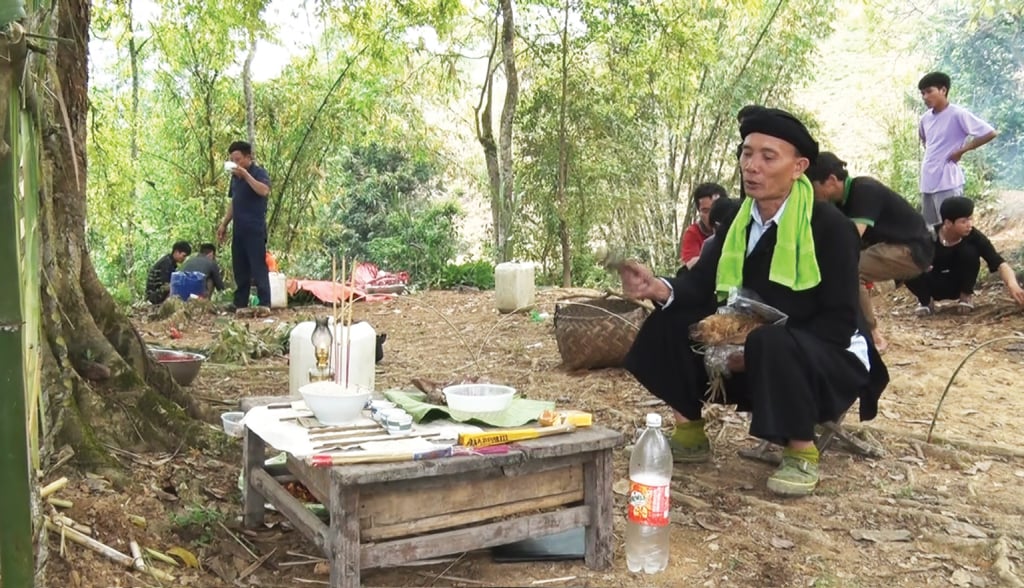
Every year, the Black Lo Lo people hold a ceremony to worship Tho Cong along with a rain-praying ceremony at the beginning of the third lunar month. Offerings include pigs, chickens, dogs, wine, and sticky rice contributed by the villagers. The ceremony is presided over by two monks (a main monk worships pigs and chickens, and an assistant monk worships dogs). After the offerings are presented, the villagers enjoy the blessings together at the temple.
Besides the belief in worshipping ancestors and the Land God, the Black Lo Lo people also maintain the belief in worshipping gods who protect families such as: worshiping the kitchen ghost, worshiping the midwife, worshiping the god of livestock... for good crops and good luck for the family. After the worship, the whole family gathers together to enjoy the dishes they have made with their own hands in a happy and warm atmosphere.
Along with worshiping beliefs, the Lo Lo people also have many unique rituals, which are special intangible cultural heritages, such as: rain praying ceremony, new rice celebration ceremony, funeral ceremony... Among them, the rain praying ceremony (me lo pi) is a ritual that the Black Lo Lo people have maintained for generations.
Mr. Chu Van Thang, Head of Ca Meng Hamlet, Duc Hanh Commune (Bao Lam) said: Agriculture is the main economic source for the Black Lo Lo community, so they attach great importance to rituals related to agriculture. The rain-praying ceremony is held at the beginning of the third lunar month every year, in the sacred forest of the village. This is a forbidden forest, the residence of Tho Cong, so they abstain from cutting trees, burning forests, and grazing cattle. During the rain-praying ceremony, families in the village contribute money to buy buffaloes, dogs, and chickens for sacrifice and invite two shamans to preside over the ceremony.
The chicken offering prayer invites the god of thunder, god of lightning, god of rain, god of wind... to receive the offerings, bless the crops, not harm trees, not harm people, not destroy houses and kill animals.
The prayer for offering dog offerings invites ghosts such as those who died in fights, drowned, or fell from trees... (ghosts that cause harm) to receive the offerings, then prays to chase them away until sunset so they don't cause harm or disturb the villagers.
The buffalo worship prayer invites all kinds of ancestors to receive the offerings, eat and drink and bless the villagers, their descendants to have a prosperous business, fields with lots of rice and corn, good crops, a prosperous life, and good health for everyone...
The offerings in the rain-praying ceremony are offered twice (the first time is offered raw after the animal is slaughtered), the second time is offered cooked (after the animal is cooked). At the end of the ceremony, the offerings are divided equally among the villagers and a portion is reserved for the main shaman. After returning home from the rain-praying ceremony, the shaman must abstain from talking to anyone and not leave the house for three days.
The rituals and worship beliefs of the Lo Lo people affirm meaningful cultural values, reflecting the moral values of an ethnic community. Therefore, preserving the unique cultural values in the rituals and beliefs of the Lo Lo people aims to promote positive factors that create strength and endogenous motivation to maintain the ethnic cultural identity.
Thanh Thuy
Source


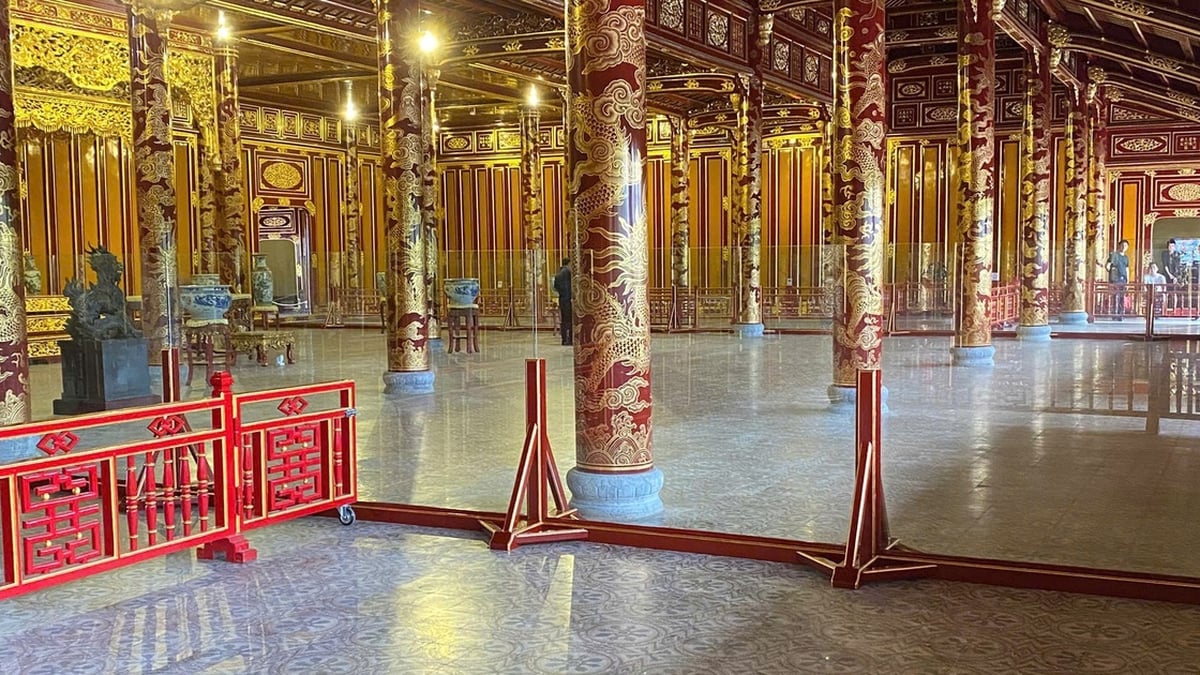

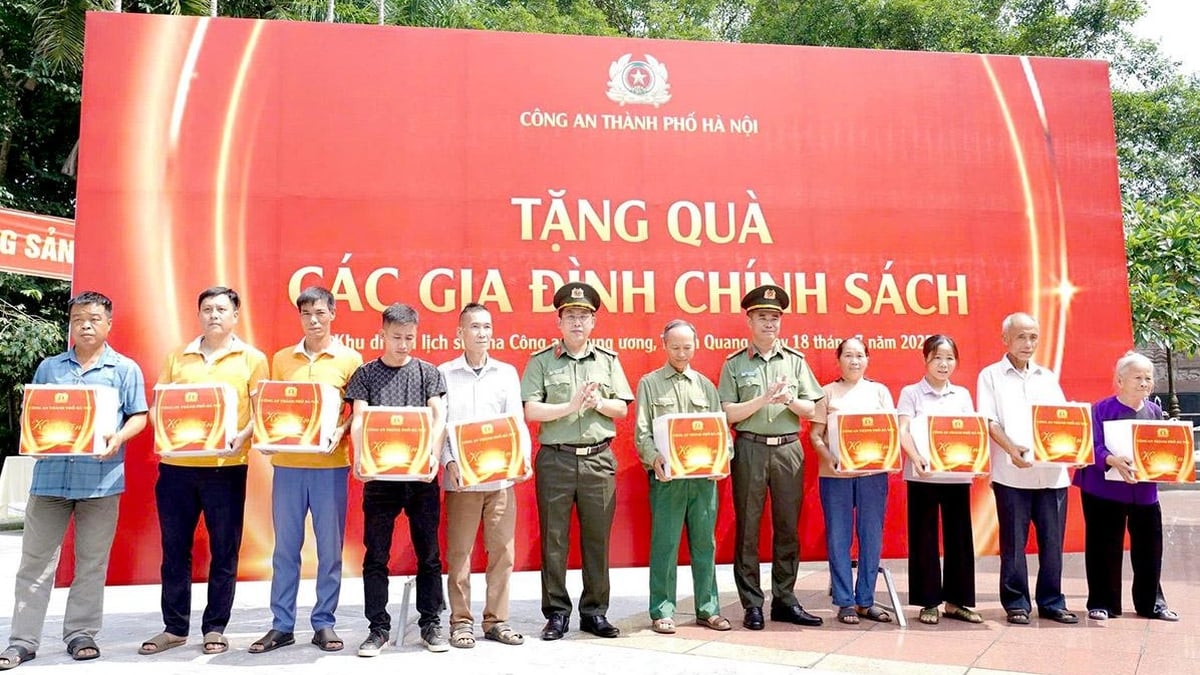
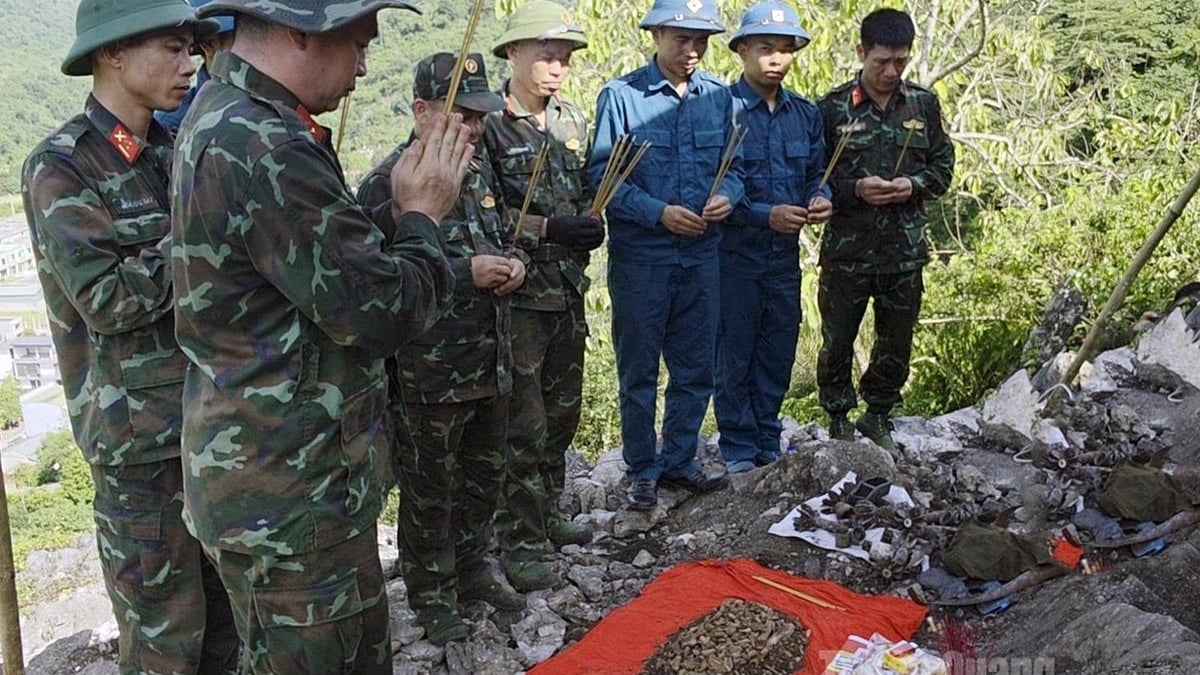

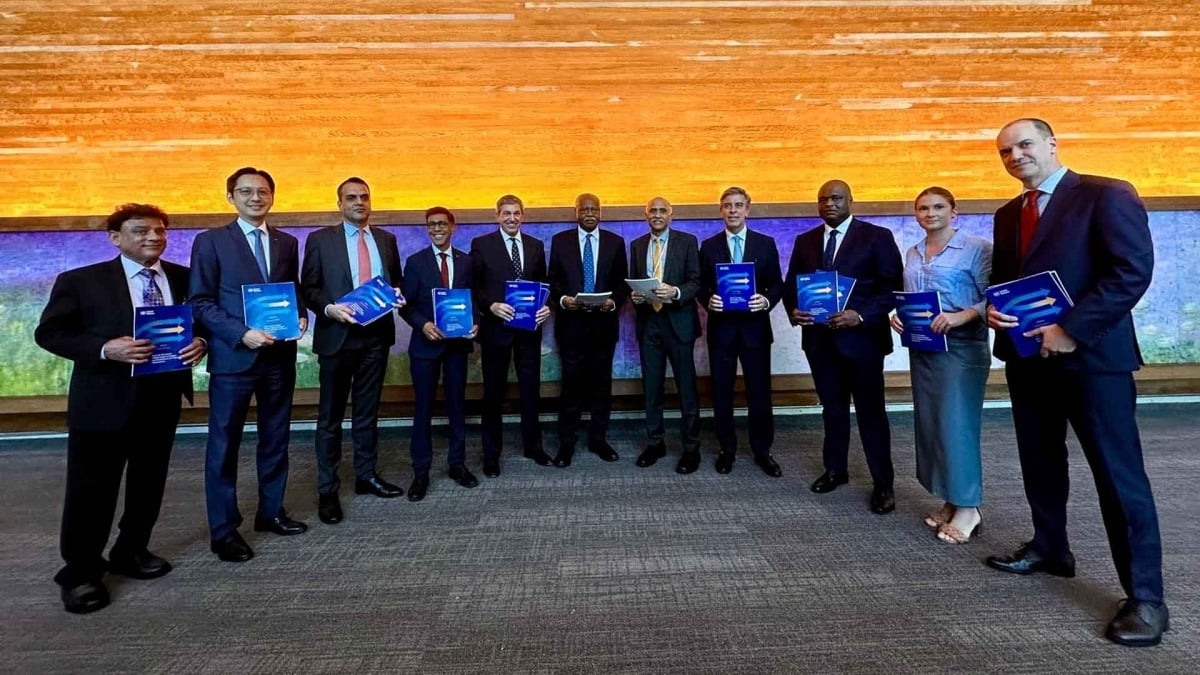
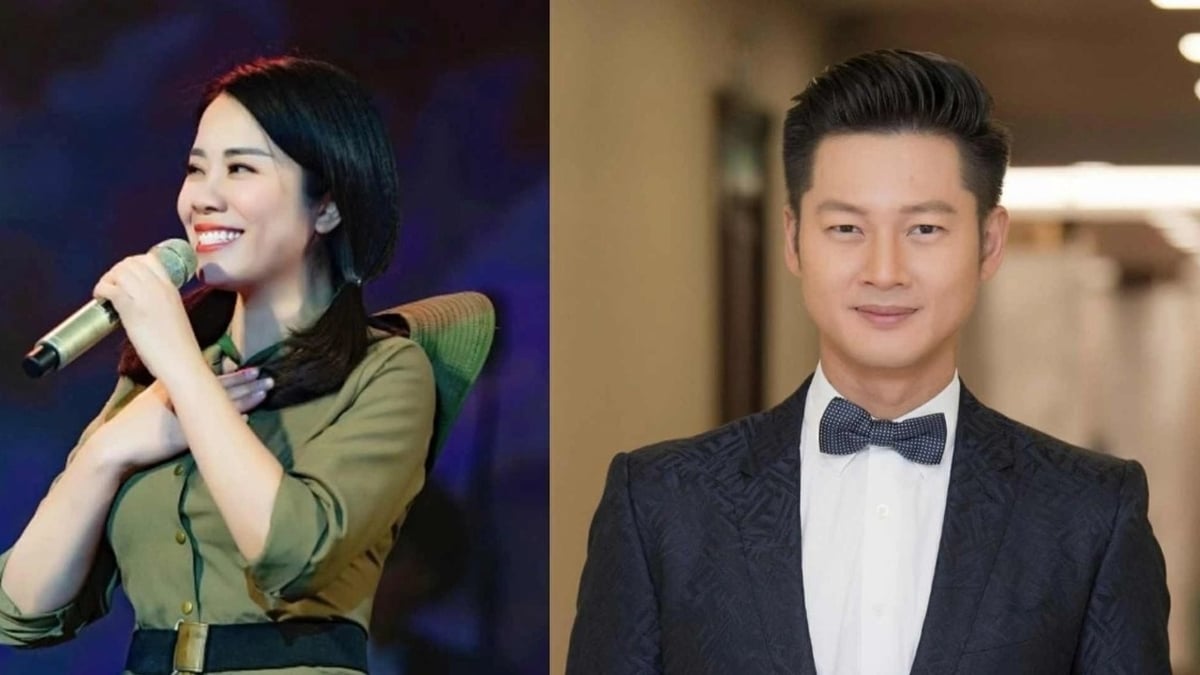

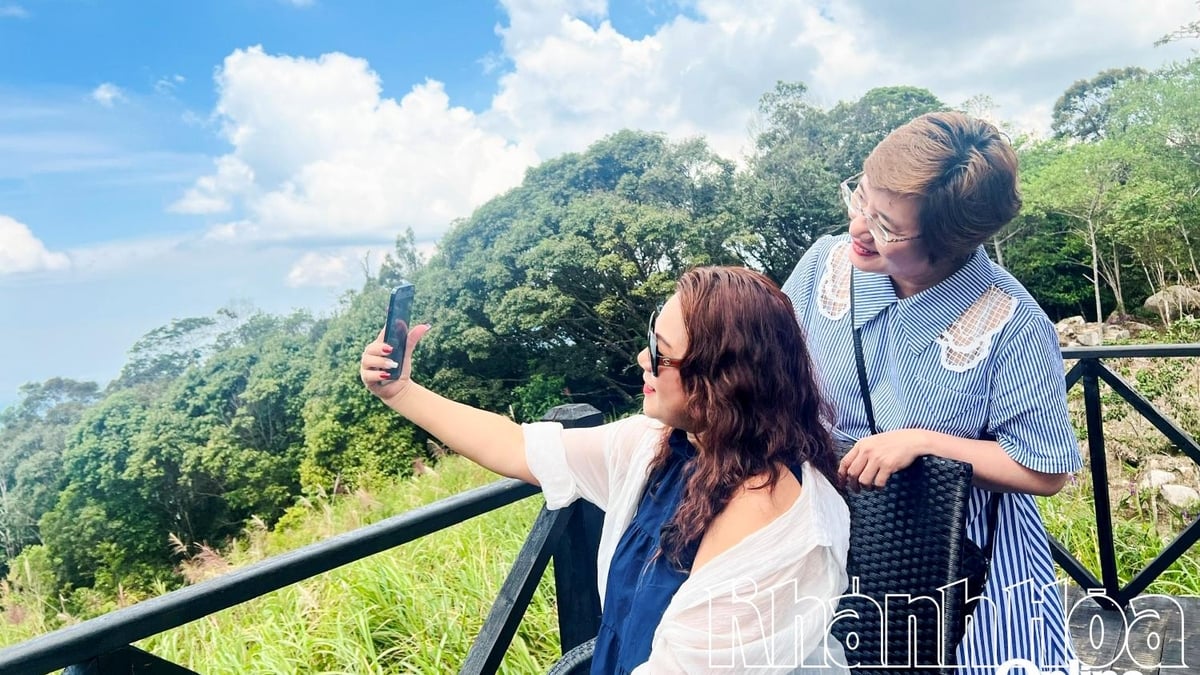
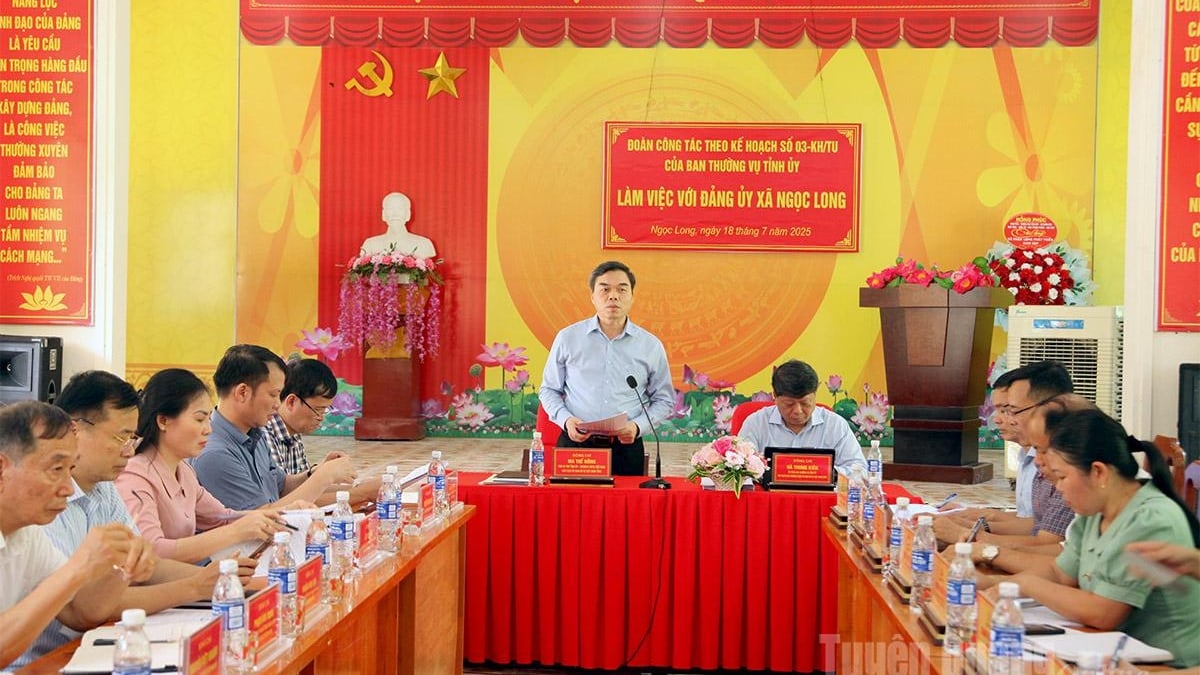

















































































![[Infographic] In 2025, 47 products will achieve national OCOP](https://vphoto.vietnam.vn/thumb/402x226/vietnam/resource/IMAGE/2025/7/16/5d672398b0744db3ab920e05db8e5b7d)





Comment (0)